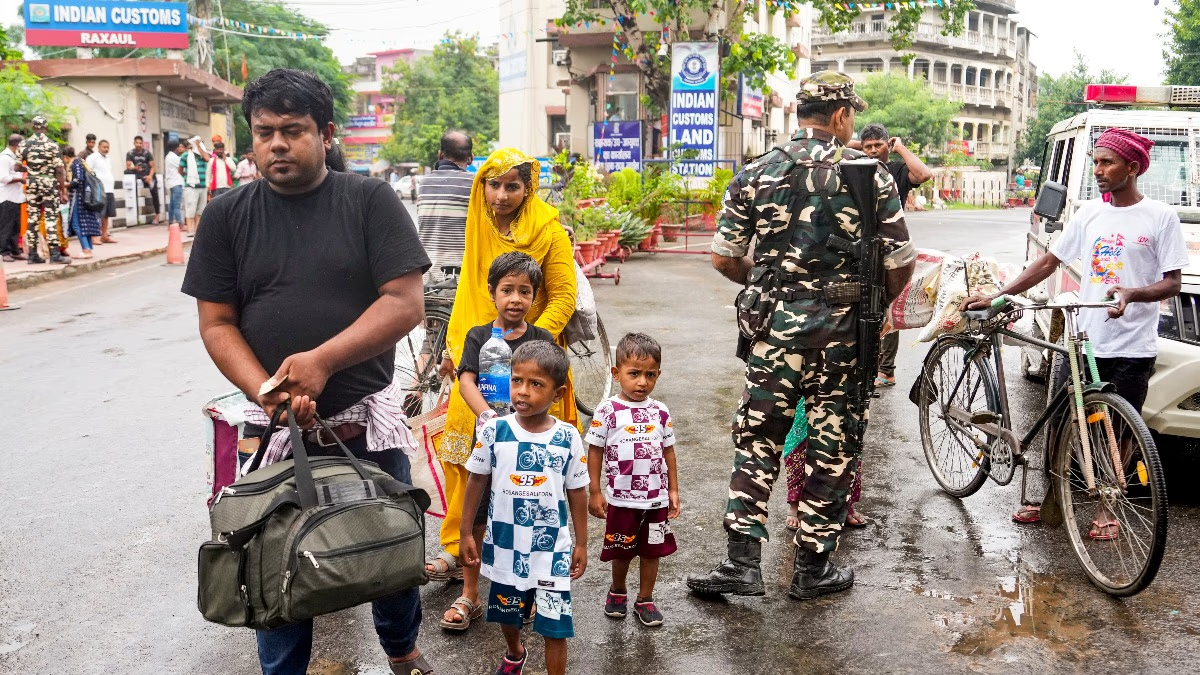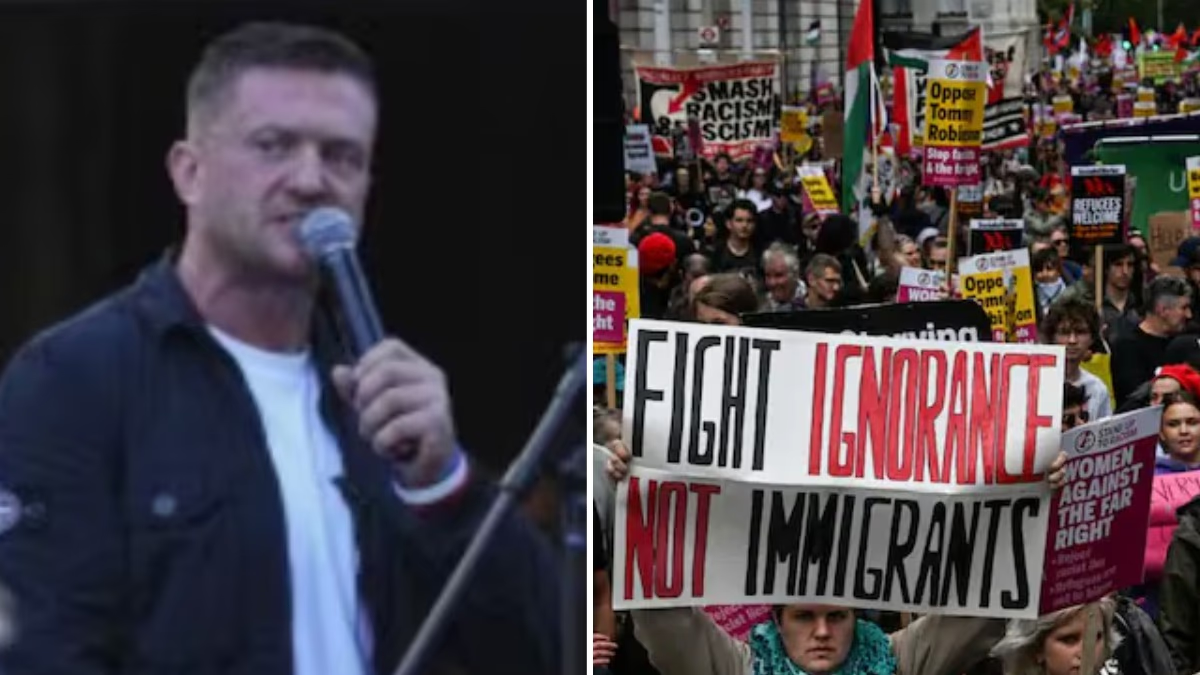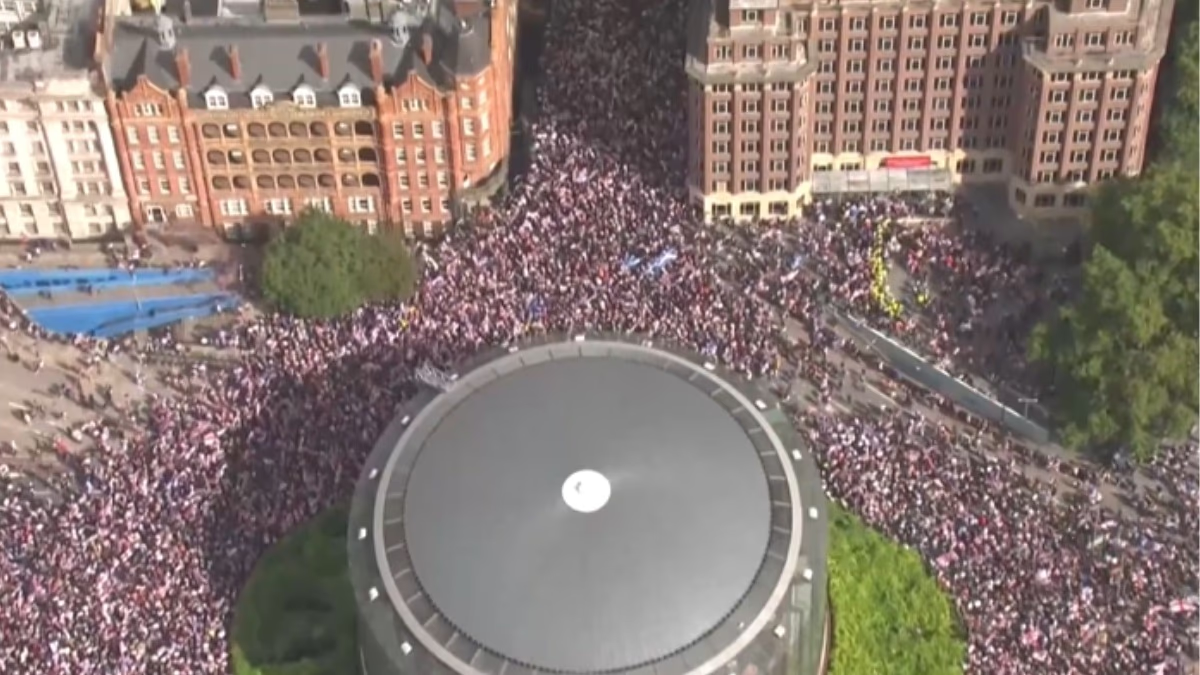In the debates leading up to the presidential election, Donald Trump accused that infiltrators are taking to the streets and eating pets. This has once again sparked discussions about refugees and infiltrators. America has often pointed out that only a few countries bear the burden of refugees, while many wealthy nations keep their distance. This notion holds some truth. Several developed countries have stringent policies, making it highly challenging for refugees to find asylum.
How Many Refugees Are There in the World?
According to the Norwegian Refugee Council, over one hundred million people worldwide are displaced. Nearly 46 million of them have sought refuge in a different country. However, this distribution is not equal; some countries host so many refugees that locals protest, while some don't even host a hundred refugees annually.
Japan’s Reluctance in Providing Asylum
According to the World Population Review, Japan accepted only 202 refugees in 2022. Last year, this number increased to 303, the highest in several years. Despite being wealthy and technologically advanced, Japan has an aging population that demands young skilled workers from other countries but still shies away from offering asylum. To preserve its culture, Japan has established policies so difficult that refugees often give up. For instance, if someone applies for asylum three times, their application gets automatically rejected.
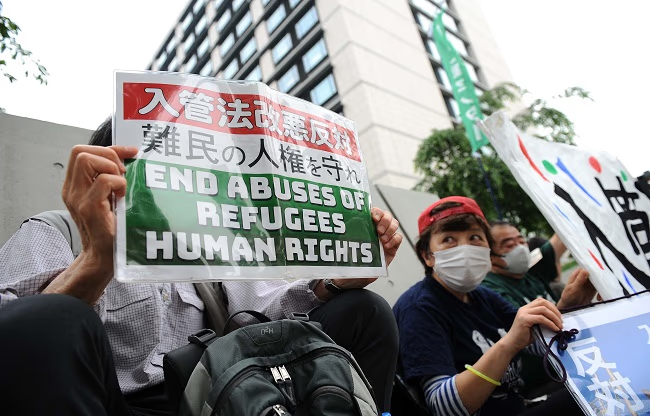
Source: aajtak
Challenges in Securing Asylum in Japan
According to the UNHCR, Japan claims to offer asylum only to those who can prove they are genuinely in need, a process that is neither simple nor quick. It involves extensive documentation, often unattainable for those fleeing war. Hence, Japan, aiming to preserve its cultural integrity, accepts very few applications. In the last year, of 4,508 asylum applications, only 168 were approved.
Worse Situations in China
In 2022, China accepted only about 320 refugees, which is minimal given its population and resources. China's political stance is quite distinct, as it claims to stay out of other countries' internal affairs, thereby maintaining its distance from refugees. There is no solid refugee resettlement policy in place. Instead, China offers investments in the refugee's home country.
A Different Past
During the formation of modern China under Mao Zedong, the country had its doors open, attracting people from the Middle East and other regions, mainly Muslims. This influx caused unrest, and the government soon realized that its people didn't want to share jobs and land with foreigners. By the 1980s, China started restricting refugees, which has now become an unwritten law.
Alleged Violence Against Muslims
China's censorship and reports of violence against Uyghur Muslims further deter Middle Eastern people from seeking refuge in China.
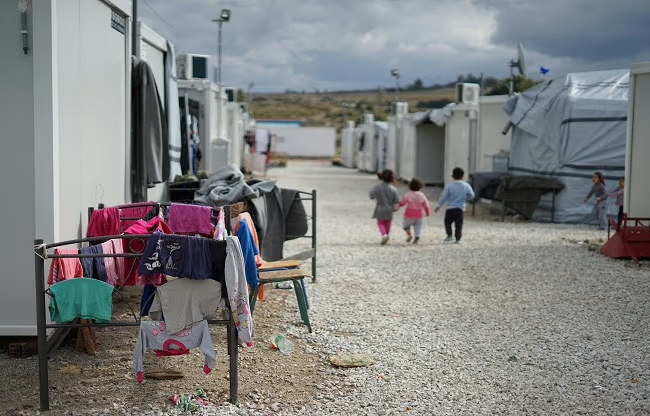
Source: aajtak
Other Countries Also Avoid Refugees
When Russia and Ukraine went to war in 2022, millions of Ukrainians fled to neighboring countries. During this period, Hungary, Poland, and the Czech Republic tightened their borders. Even when the UNHCR proposed an equal distribution of refugees, these countries declined to be part of the plan.
The Vatican City also stays away from refugees. Though, for different reasons. First, it’s a tiny country with limited space and administrative power. Second, it's a religious and political structure, mostly accommodating Christian clergy and church officials. There's no public data on how many people have been granted asylum in the Vatican over the last decade.
Hungary’s Controversial Stance
Hungary has been known for its unwelcoming stance. Amid growing instability in the Middle East in 2015, Hungary tightened its refugee policies. It erected barbed wire and walls along its borders with Serbia and Croatia, injuring many infiltrators in the process. The government also passed numerous laws binding the hands of those aiding refugees. Hungary claims that refugees pose a threat not only to its security but also to its culture.

